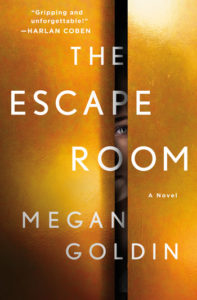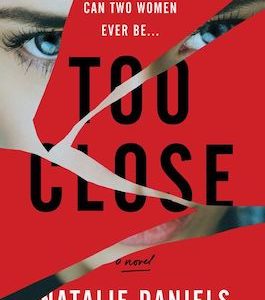A murder is committed in a room that is locked from the inside, or sealed, or closely observed by witnesses. Nobody saw the killer escape. Yet that is exactly what has happened. The killer is gone, evidence is scarce and there are no eyewitnesses to the crime. Enter, a detective who is determined to solve this seemingly unsolvable crime.
Locked-room mysteries have captivated fans of crime fiction for almost two centuries since the first locked-room mystery was published in 1841 by Edgar Allan Poe with the stated aim of using “ingenuity in detecting a murder”.
Poe’s “The Murders in the Rue Morgue” is not just the first locked-room mystery in literature, but the first time a sleuth appears in a work of fiction. His Parisian detective C. Auguste Dupin is a precursor to Sherlock Holmes and Hercule Poirot.
The story is chillingly simple: An old lady and her unmarried daughter are murdered The doors and windows of their fourth floor apartment are locked from the inside. Witnesses hear a woman’s screams coming from their apartment but when they break down the door, they discover the apartment is empty. Only later are two bodies found, one in the yard and another in the chimney. The witnesses claim they heard a man speaking in an unknown language before they broke down the door. Hair that wasn’t human was found at the scene. Without any spoilers, let’s just say that the solution makes perfect sense!
Locked-room mysteries are stories about impossible crimes. They’re literary puzzles about ‘whodunit’ and ‘howdunit.’ In the 19th century, these stories were published as novels or as short stories in magazines and journals and they were read out aloud in parlors, or servant’s quarters as evening entertainment.
As the genre has evolved over the years, we sometimes see a detective or sleuth solving the crime, while other times it’s the reader who has to figure out who did it. The literal locked-room has been replaced by country manor houses, artist’s studios and even an office elevator, which is the setting of my locked-room mystery The Escape Room about a murder committed in an elevator where four colleagues are stuck in an office building.
Here are some of the best classic locked-room mysteries.
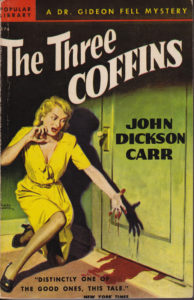
Three Coffins (also published as The Hollow Man), by John Dickson Carr
Written in 1935, this novel by John Dickson Carr, arguably the king of locked-room mysteries, is widely considered the greatest locked-room mystery ever written. A visitor goes into the study of another man. Shots are fired and the first man is discovered by people outside the room to be dying from a gunshot wound. The visitor has disappeared into thin air. The snow on the ground and on the roof by the room’s window is completely undisturbed. There’s not a single footprint.

And Then There Were None, by Agatha Christie
If John Dickson Carr is the king of locked-room mysteries then Agatha Christie must certainly be the queen. She wrote several ‘impossible crimes’ novels as well. And Then There Were None would probably vie for pole position against Carr’s Three Coffins/The Hollow Man. Christie’s popular detective Hercule Poirot does not appear in this novel although he is involved in solving several other of Christie’s locked-room mysteries. In And Then There Were None, a group of people invited to an island get killed one by one until, you guessed it, there were none.
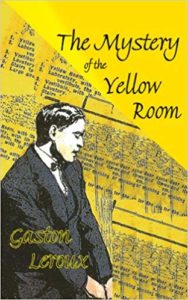
The Mystery of the Yellow Room, by Gaston Leroux
This French classic written by Gaston Leroux in 1907 is considered a pioneer of the genre. It’s written as a puzzle for the readers to solve. A woman is found in a lock-room injured from an apparent attack but there is nobody else in the room.
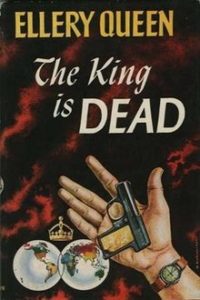
The King is Dead, by Ellery Queen
Ellery Queen wrote a plethora of locked-room mysteries but this is widely considered to be the best. A man threatens to kill is father at midnight. The father locks himself in a room. The son is closely guarded by the novel’s detective protagonist. Yet still the father dies. The novel, like many others from the era, gives the readers all the clues they need to solve the mystery. If they pay careful attention.
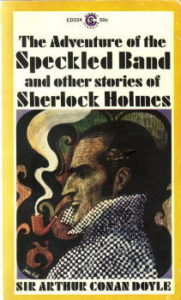
“The Speckled Band,” by Arthur Conan Doyle
The world’s most famous detective Sherlock Holmes and Dr Watson had their fair share of locked-room mysteries to solve. “The Speckled Bank” is probably the most famous in Arthur Conan Doyle’s iconic detective series. In this story Sherlock Holmes and Dr Watson are asked to solve the mystery of a woman who died in her locked bedroom on the night before her wedding.
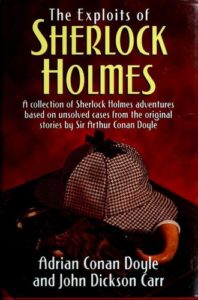
The Adventure of the Sealed Room, by Adrian Conan Doyle and John Dickson Carr
This novel written by Arthur Conan Doyle’s son, Adrian, and John Dickson Carr was written in the 1950s. It’s about a couple who are found locked in a room in what was believed to be a murder-suicide attempt with the husband shooting his wife and then killing himself. But Sherlock Holmes has a quite different opinion of what happened once he gets involved.
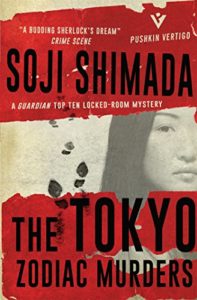
The Tokyo Zodiac Murders, by Soji Shimada
A Japanese artist in pre-World War Two Japan is finishing off a series of paintings inspired by the zodiac when his head is bludgeoned while he’s inside his locked studio. All of the obvious suspects have air-tight alibis. In the years that follow, many of the dead artist’s relatives are murdered in equally inexplicable ways. All the while the author breaks the fourth wall and taunts his readers to figure it out.

La Septième hypothèse, by Paul Halter
Paul Halter’s The Seventh Hypothesis, as the English translation is called, is about two men who make a bet that they will each kill someone and pin it on the other. Two detectives have to figure out who did it. There are only two suspects which means there’s a 50/50 chance of guessing the killer yet somehow Halter manages to provide so many twists, turns and red herrings that he bamboozles even his readers as he presents seven hypothesis about what happened. Halter is a prolific award-wining French writer who regularly harnesses locked-room mysteries or impossible crimes in his contemporary novels.
* * *


